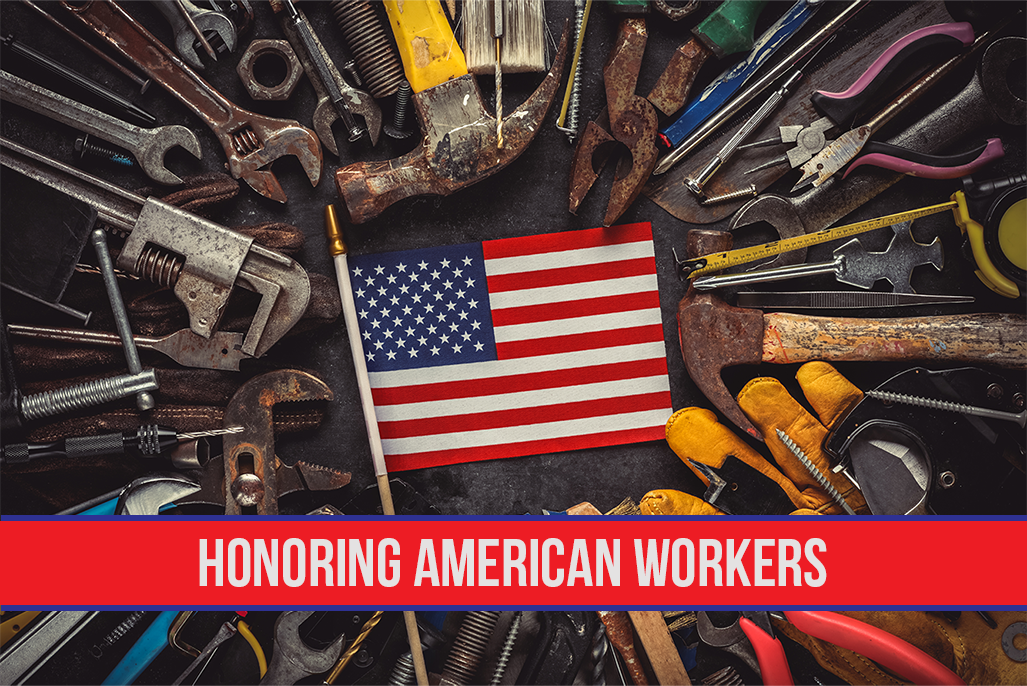For many Americans, Labor Day marks the end of summer, a time for parades, picnics, events and store sales. But Labor Day is rooted in much more. The holiday was instituted in the late nineteenth century to recognize the many contributions workers have made to America’s strength, prosperity, and well-being.
On Tuesday, September 5, 1882, more than 10,000 workers assembled in New York City to participate in America’s first Labor Day parade. After marching from City Hall, past reviewing stands in Union Square, and then uptown to 42nd Street, the workers and their families gathered in Wendel’s Elm Park for a picnic, concert, and speeches.
That first Labor Day celebration was organized and executed by New York’s Central Labor Union. Debate continues to this day as to who originated the idea of a workers’ holiday. What is certain is it emerged from the ranks of organized labor at a time when they wanted to demonstrate the strength of their burgeoning movement and inspire improvements in working conditions.
The New York Labor Day celebrations inspired similar events across the country. And while New York was the first state to introduce a bill recognizing Labor Day it was Oregon that was first to pass a law in February 1887. Colorado, Massachusetts, New Jersey and New York passed laws later that same year. By the end of the decade Connecticut, Nebraska and Pennsylvania had followed suit and by 1894, 23 more states had adopted the holiday.
In the summer of 1894, members of the American Railway Union went on strike in what is known as the Pullman strike.
The Pullman Palace Car Company, a manufacturer of railroad cars, cut the already low wages of its workers by nearly 25 percent but did not introduce corresponding reductions in rents and other charges at Pullman, its company town near Chicago, where most Pullman workers lived. When a delegation of workers tried to present their grievances about low wages, poor living conditions, and 16-hour workdays directly to the company’s president, George M. Pullman, he refused to meet with them and ordered them fired. The delegation then voted to strike, and Pullman workers walked off the job on May 11, 1894.
The widespread railroad strike and boycott severely disrupted rail traffic in the Midwest and had major economic implications for the country. It prompted President Grover Cleveland to declare the strike a federal crime and he deployed troops to Chicago to break it up. Violence erupted causing several deaths. As a way to calm tensions after the deaths and as a conciliatory action, Congress passed legislation on June 28, 1894, making Labor Day a national holiday to be held on the first Monday of September each year.
Labor Day has long been viewed by workers not only as a means to celebrate their accomplishments but also as a day to raise awareness about better working conditions and salaries. Today, Labor Day is associated less with union activities and protest marches and more as a time for family picnics and end-of-summer activities.
